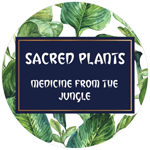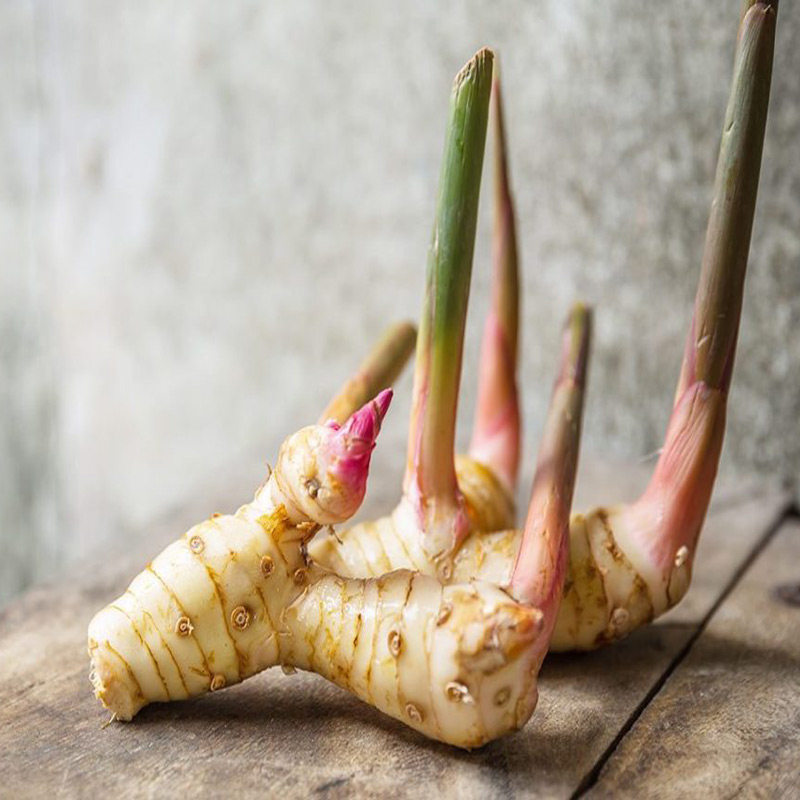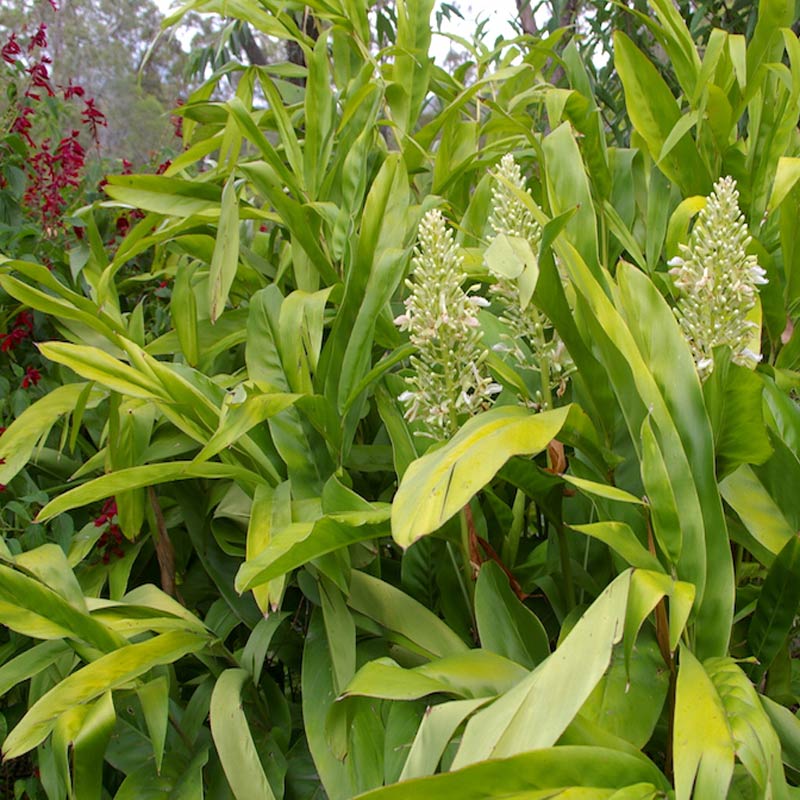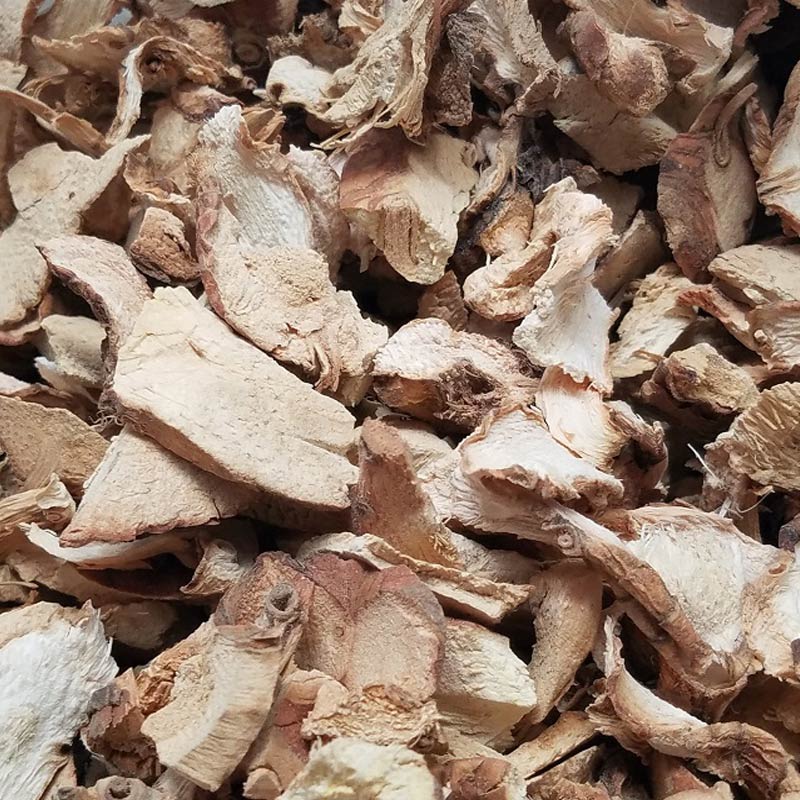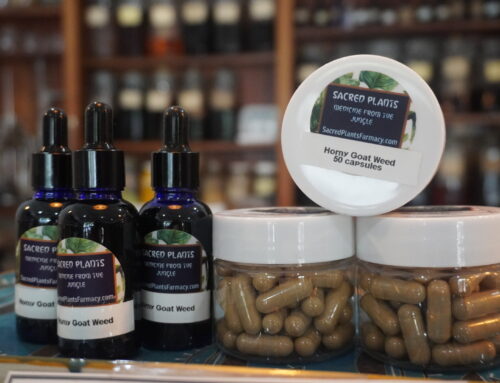- Fight cancers
- Reduces inflammation
- Increase sperm count and motility
- Fights bacterial and fungal infections
- Supports brain health
- Eases nausea and other stomach problems.
1. Potentially Revolutionary Cancer-Fighting Agent
The most striking health benefit of galangal, suggested by a massive (and growing) body of scientific research, is its ability to fight and potentially prevent a broad number of cancers and tumors.
Let’s review the types of cancer affected by galangal, one by one.
Gastric Cancer
A 2014 study in Iran found that a liquid extract of galangal significantly destroyed the number of gastric cancer cells in a lab test after 48 hours, calling it a “prominent” result.
Leukemia
Acute monocytic leukemia cells, a fast-moving leukemia that begins in the bone marrow, were exposed to a liquid extract of galangal in an effort to find a natural cancer treatment that wouldn’t damage adjoining cells, like dangerous chemotherapy.
The researchers in Jamaica conducting the study indicate that this could be a potential cure for this form of leukemia, and that’s not a word scientists use lightly. However, this study was simply the beginning, as much more research must be done to examine the effects of this extract on healthy cells before testing it in living subjects.
Melanoma
Researchers at National Chiayi University in Taiwan studied the impact of three compounds from galangal root on human melanoma (skin cancer) cells. All three compounds had an “antiproliferative” effect, meaning they stopped the growth of new cells.
Pancreatic Cancer
A study released in 2017 tested multiple compounds from galangal in the lab and their impact on pancreatic cancer cells, finding that they stopped the growth of new cells and suppressed gene pathways responsible for expanding the cancer’s impact.
Colon Cancer
The first time galangal was studied against human colon cancer cells (in 2013), scientists found it caused apoptosis (cell death) on two types of colon cancer cells.
Breast Cancer
In 2014, an Iranian university detailed that an extract of galangal spawned apoptosis in the human breast cancer cell line, MCF-7, but did not harm healthy breast cells, MRC-5.
Diving more into the method by which galangal achieves this, a medical university study out of China shows that it used the TRAIL pathway of cancer treatment to stimulate cell death in breast cancer cells.
Liver (Hepatic) Cancer
One reason cancer is so devastating to the human body has to do with the way it spreads or “metastasizes” to other organs from where it originates. This is especially true with liver cancer. A Taiwan study in 2015 investigating the impact of galangal extracted compounds on HepG2 cells (a type of liver cancer) found that the natural compounds decreased the instance of metastasis by stopping the cells from attaching to other, healthy cells.
In another study related to liver cancer, combination therapy was used with galangal and more common therapy agents, producing an apoptotic effect more significant than the individual therapies displayed.
Cholangiocarcinoma (Bile Duct Cancer)
This particular form of cancer is not as common in the U.S., but it’s an aggressive cancer that infects the bile ducts connecting the liver to the small intestine. It impacts people more commonly in tropical and sub-tropical regions, especially Thailand.
The kaempferol rhizome extract from galangal tested in a 2017 Thailand-based study appeared to give mice subjects longer life spans, less incidence of metastasis and did not produce any noticeable side effects on the subjects.
2. Improves Sperm Count and Function
Certain parts of the galangal root may prove useful in promoting male fertility. In a rat model, researchers in Iran discovered that it increased sperm count and motility (or ability to move).
One study in Denmark looked into the effect a galangal rhizome, paired with a pomegranate fruit extract, had on sperm in healthy human males. Researchers concluded that the the number of motile sperm increased by three times the amount of the placebo.
3. Acts as an Anti-Inflammatory Agent
It’s well-known that inflammation is at the root of most diseases. This means that chronic inflammation is related to the development of a large number of diseases, including cancer, heart disease, Alzheimer’s disease and several others.
Research displays that galangal root exhibits an anti-inflammatory effect on the body in a general manner and against specific conditions.
There is a cytokine (cell-signaling protein) found in the human body known as tumor necrosis factor alpha, or TNF-alpha, which regulates immune response.
This protein is the subject of a great deal of research because TNF-alpha, if overstimulated, can cause detrimental damage and contribute to fatal diseases with chronic inflammation. A phytonutrient found in galangal suppresses the activity of TNF-alpha and therefore may help reduce inflammation throughout the body, as indicated by research conducted at Rutgers.
This herb may also help reduce the inflammation associated with arthritis. In a 2001 study, subjects taking a compound including galangal and ginger extract saw a significant reduction in knee pain and in the need for medications and overall status.
Another condition that may be successfully treated with one of the phytonutrients in this herb (kaempferol) is mastitis. Mastitis is an inflammation of the nipple related to breastfeeding. When treated with kaempferol, the mice in one study found a great reduction in inflammation (related, at least in part, to the suppression of TNF-alpha) to the point that it may be a significant treatment in the future for this condition.
One more particularly significant condition that may benefit from galangal treatment is acute lung injury leading to acute respiratory distress syndrome. This illness is somewhat common, especially among those who are already critically ill, and occurs when fluid leaks into the lungs and stops oxygen from being transferred to vital organs. Unfortunately, acute lung injury is often fatal.
However, study findings out of China indicate that galangal’s anti-inflammatory activity seems to have a positive impact on acute lung injury and may be a significant treatment option in the future.
4. Has Antibacterial and Antifungal Qualities
Research shows that galangal extract exerts an antimicrobial effect on several bacteria known for infecting foods, including staphylococcus, E. coli, listeria, salmonella and clostridium. It can even fight amoxicillin-resistant E. coli and actually reverse the resistance some strains have to amoxicillin, based on a study conducted in Thailand.
One study proposes that by cooking shellfish with this herb, you may also have a better chance of inhibiting the impact of a bacteria known as vibrio. Vibriosis can affect those who eat undercooked shellfish, particularly oysters, but those effects may be much less likely after adding galangal to your recipe.
Another common bacteria that is, in fact, carried by about 66 percent of the world’s population (according to the Centers for Disease Control and Prevention) is called H. pylori. However, this bacteria may also have met its match when exposed to galangal — in fact, one study indicates that this powerful herb may even help prevent the stomach ulcers commonly caused by the H. pylori bacteria in addition to eliminating the bacteria itself.
5. High in Antioxidants
While we know eating blueberries help us increase our antioxidant intake, you may be interested to know the same is true with galangal — although the types of antioxidants found in it aren’t necessarily the same as those found in fruits you love.
Interestingly, the antioxidants found in this herb seem most effective in preserving meat products for longer periods of time than without it.
6. Supports Good Brain Health
Potentially due partly to its anti-inflammatory properties, research highlights that a compound taken from this root known as ACA could possibly have a brain-protecting effect, decreasing some forms of age-related cognitive degeneration.
Circling back to the TNF-alpha protein, we also find that by regulating TNF-alpha, galangal may even help fight depression. Chronic inflammation and the overreaction of TNF-alpha is a recently studied facet of the discussion surrounding depression.
7. May Ease Stomach Pain and Digestive Issues
While it’s obvious that this root has incredible benefits according to modern science, its oldest and most commonly sought effect is that which it has on an upset stomach.
In Ayurvedic medicine and other Asian cultures, it’s used to calm upset stomachs, resolve diarrhea, reduce vomiting and even stop hiccups.
Vs. Ginger and Turmeric
Often compared to ginger and turmeric, galangal has many similarities to these other two incredibly common dietary condiments.
All three roots have at least some cancer-fighting properties (though galangal’s are the most extensive), reduce inflammation and offer some sort of digestive support.
Both turmeric and ginger have been known to help combat diabetes and naturally manage pain, while there is no evidence as of yet that galangal does. Turmeric and galangal, because of their ability to suppress TNF-alpha, both help promote the health of the brain.
Turmeric alone of the three seems to benefit the health of the cardiovascular system. Ginger boasts a weight-loss aspect, and galangal promotes an increased sperm count.
Interestingly, while all three of these have gastrointestinal benefits, galangal may actually increase the amount of stomach acid in some individuals and is not recommended for people with GERD or peptic ulcer disease, whereas the other two can actually be used to treat those conditions.
Galangal Interesting Facts
Galangal was cultivated before at least 1000 AD in China. In the late 11th-early 12th centuries, Saint Hildegard of Bingen (a German philosopher and Christian mystic) named galangal “the spice of life,” citing it as one of her very favorite remedies for various ailments.
Later, a prominent herbalist is said to have further publicized his use of galangal to treat heart disease, indigestion and even deafness.
Use of this spice spread to Europe, where it was used as everything from a tea for horses to a treatment for nasal infections. In 1898, it was included in the King’s American Dispensatory, a then-current description of the herbs used in American medical practice. Today, Russians use galangal as the base for many of their liquors.
But try this one on for size as the weirdest galangal fact — in 2015, researchers in Malaysia discovered that galangal may actually be an incredibly effective defense against termites. How’s that for spicy?
Risks and Side Effects
Galangal side effects are rare and usually only occur when it’s consumed in amounts exceeding what’s found normally in foods. Like most herbs, you should avoid using galangal while pregnant, unless monitored closely by a physician.
Galangal is a relatively hypo-allergenic food, actually suggested in some texts to decrease the intensity of allergic reactions, so the chances are good that you won’t experience any allergy symptoms after consuming it.
As mentioned, galangal (specifically Alpinia galanga, or “greater galangal”) may potentially increase the amount of stomach acid you produce. If you have GERD or peptic ulcer disease, it’s probably best to avoid this one unless recommended by your primary care physician.
People consuming higher amounts of the herb may experience galangal side effects like upset stomach, diarrhea and low energy. These side effects may occur as a result of acute oral toxicity, but the only evidence of this kind of reaction is in mice. If these symptoms occur after galangal consumption, cut back on the amount you’re consuming.
Final Thoughts
- Galangal, part of the ginger family, is a savory and spicy herb originating from Thailand and China. It’s one of the only flavors to add spice without the presence of capsaicin.
- The most widely researched galangal root benefit is its ability to fight cancers. Galangal also helps to reduce inflammation, increase sperm count and motility, fight bacterial and fungal infections, support brain health, and ease nausea and other stomach problems.
- Galangal is an ancient herb that’s been famous for centuries for its ability to treat various medical conditions.
The statements made within this website have not been evaluated by the Food and Drug Administration. These statements and the products of this company are not intended to diagnose, treat, cure or prevent any disease.
